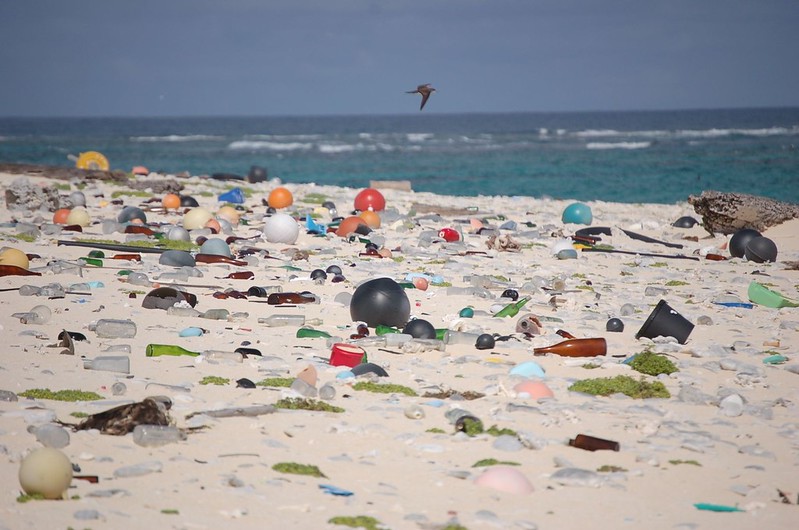Excerpt:
A satellite imagery tool from RMIT University (Royal Melbourne Institute of Technology) now allows for the effective detection of beach plastics, aiding cleanup operations and combating ocean pollution.
Researchers from RMIT University have developed a new satellite imagery tool capable of detecting plastic debris on beaches by analyzing how sand, water, and plastics reflect light. This method, validated in field tests, allows plastics to be spotted on shorelines from more than 600km above.
Satellite technology is already used to track the massive amounts of plastic floating around our oceans – from relatively small drifts containing thousands of plastic bottles, bags, and fishing nets, up to gigantic floating trash islands like the Great Pacific Garbage Patch, which is three times the size of France. However, this technology is less effective on beaches, where the plastic can easily blend in with the sand.
This recent advancement, published in the Marine Pollution Bulletin, provides an effective way to spot plastic on beaches, where it can be more easily accessed and removed by targeted clean-up efforts
Currently, over 10 million tonnes of plastic trash are dumped into our oceans every year, and it’s estimated that by 2030, that figure could reach 60 million.
The study’s lead author, Dr. Jenna Guffogg, said plastic on beaches can have severe impacts on wildlife and their habitats, just as it does in open waters.
“Plastics can be mistaken for food, larger animals become entangled and smaller ones, like hermit crabs, become trapped inside items such as plastic containers,” she said.
“Remote island beaches have some of the highest recorded densities of plastics in the world, and we’re also seeing increasing volumes of plastics and derelict fishing gear on the remote shorelines of northern Australia.”
According to Guffogg, if these plastics are not removed, they inevitably fragment further into micro and nano plastics.
“While the impacts of these ocean plastics on the environment, fishing and tourism are well documented, methods for measuring the exact scale of the issue or targeting clean-up operations, sometimes most needed in remote locations, have been held back by technological limitations,” she said…









